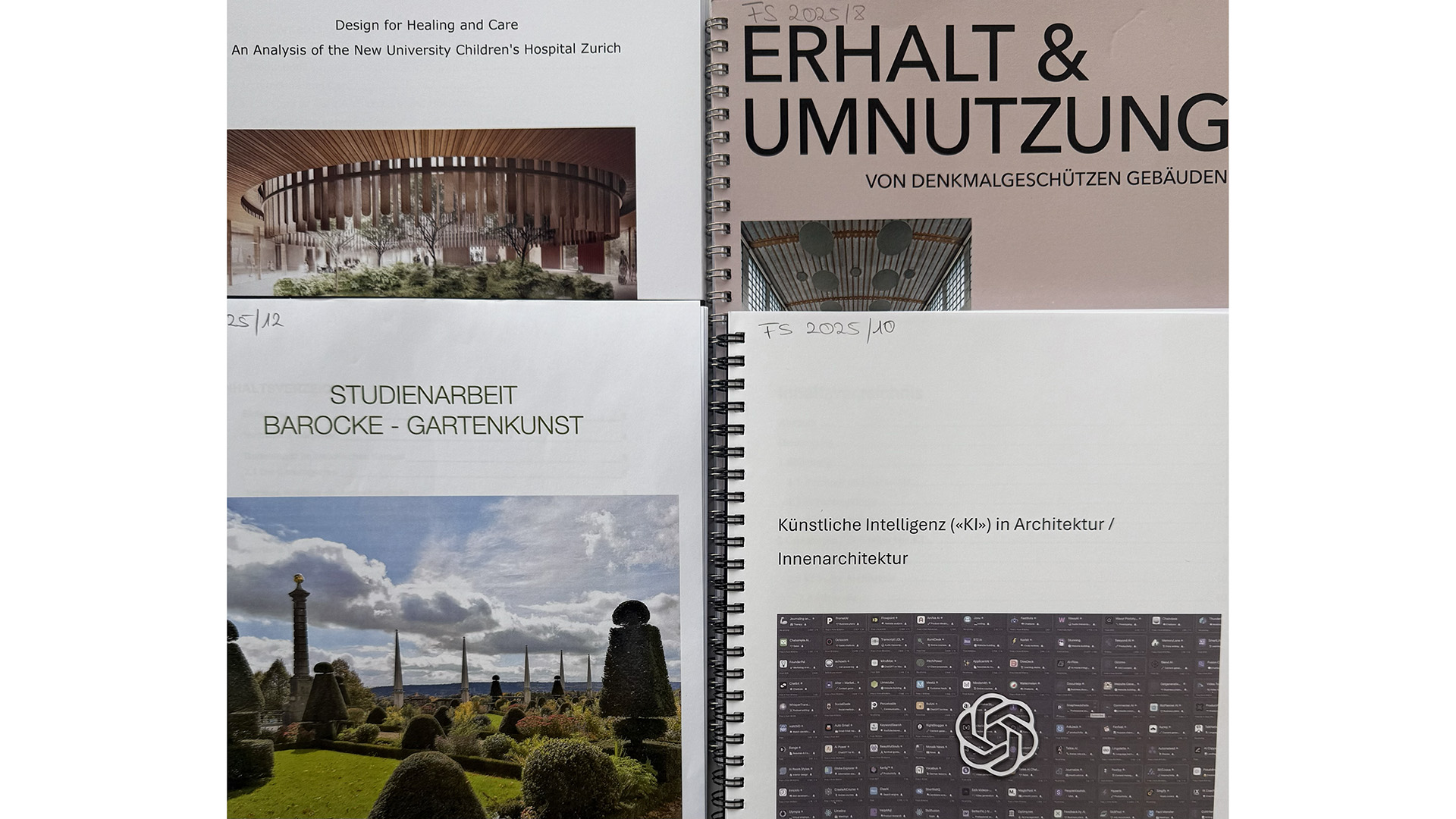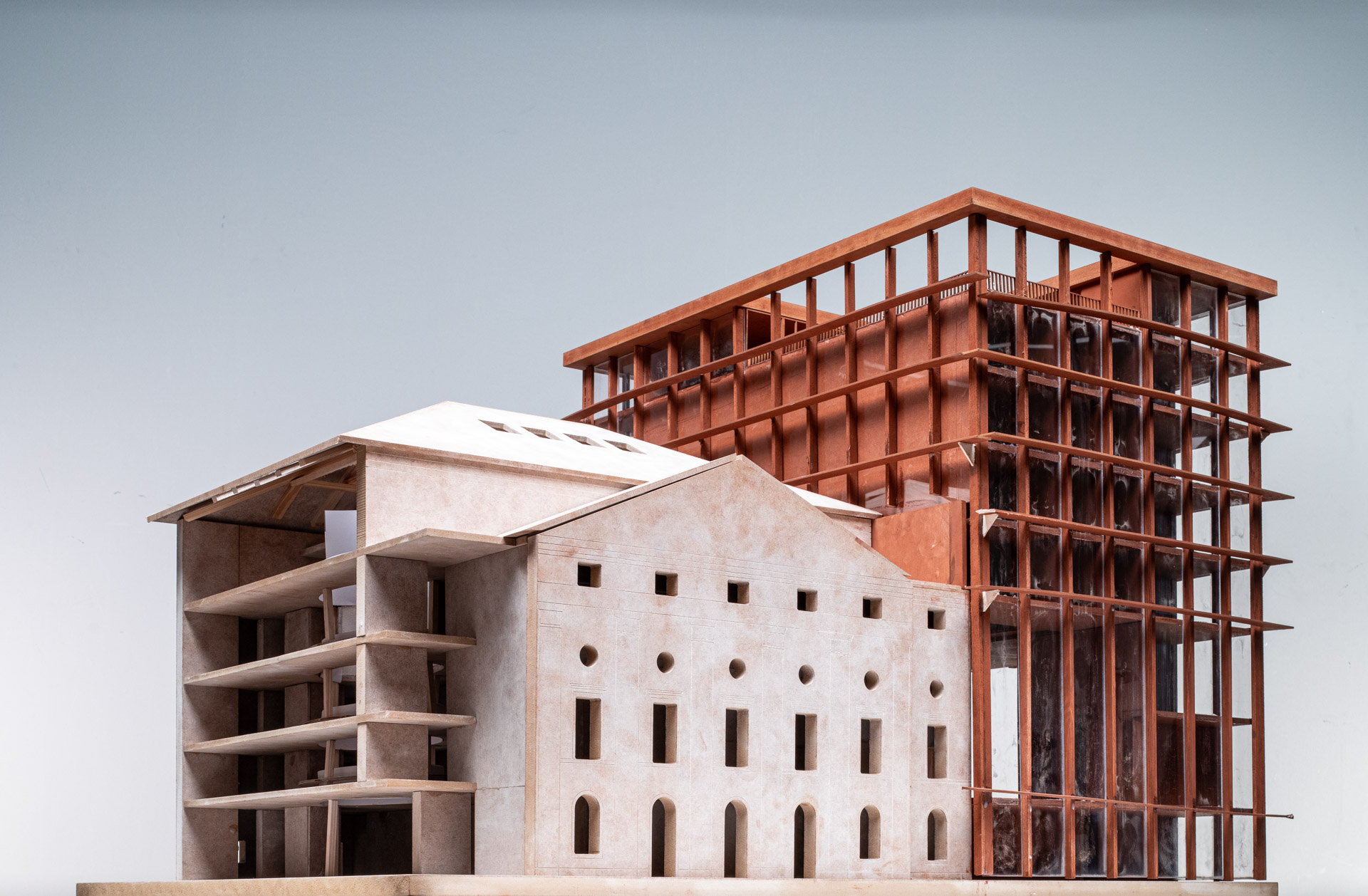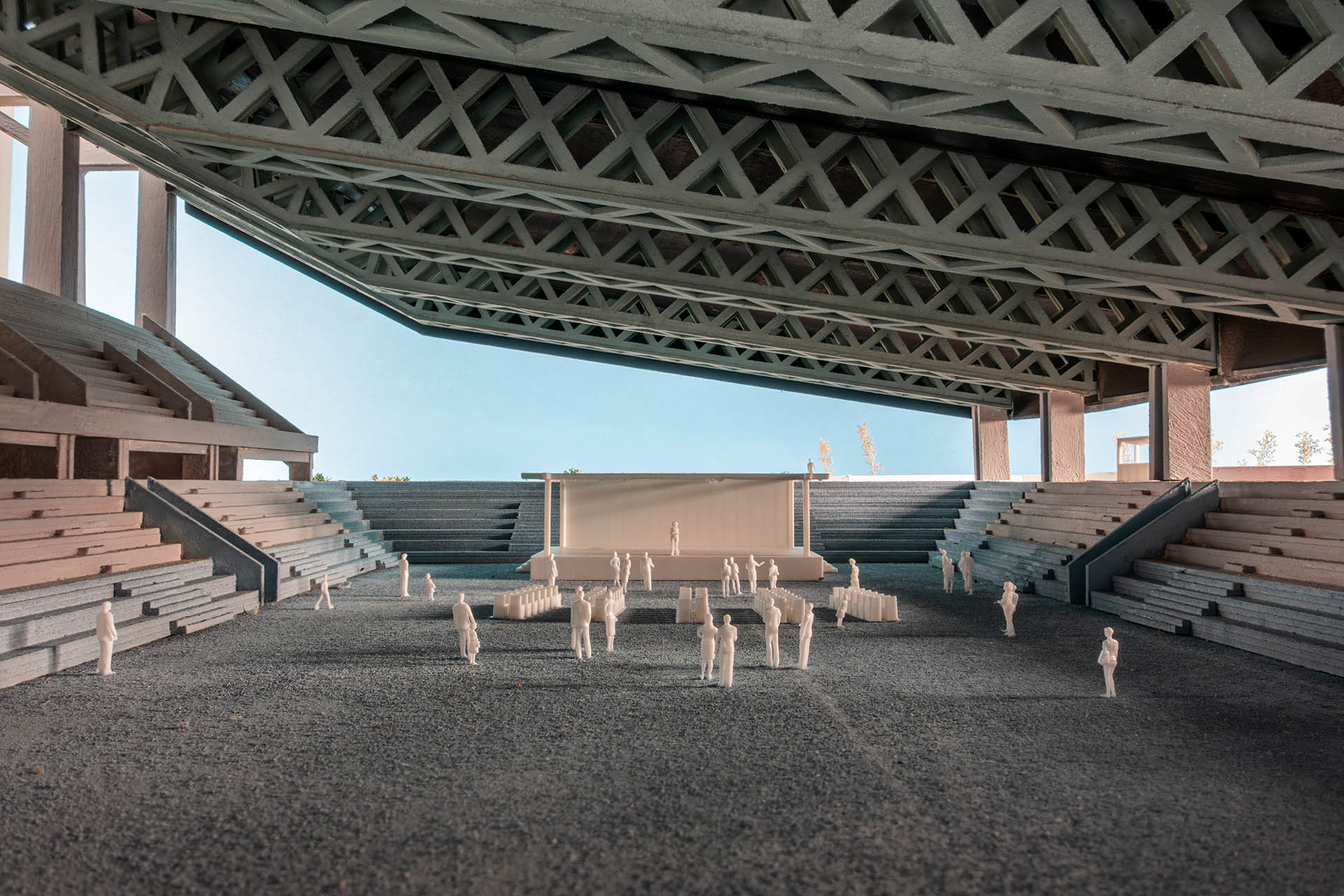Wood Stories
The Competence Center Typology & Planning in Architecture (CCTP) conducts extensive research into wood in construction. A number of projects are dedicated to this topic.
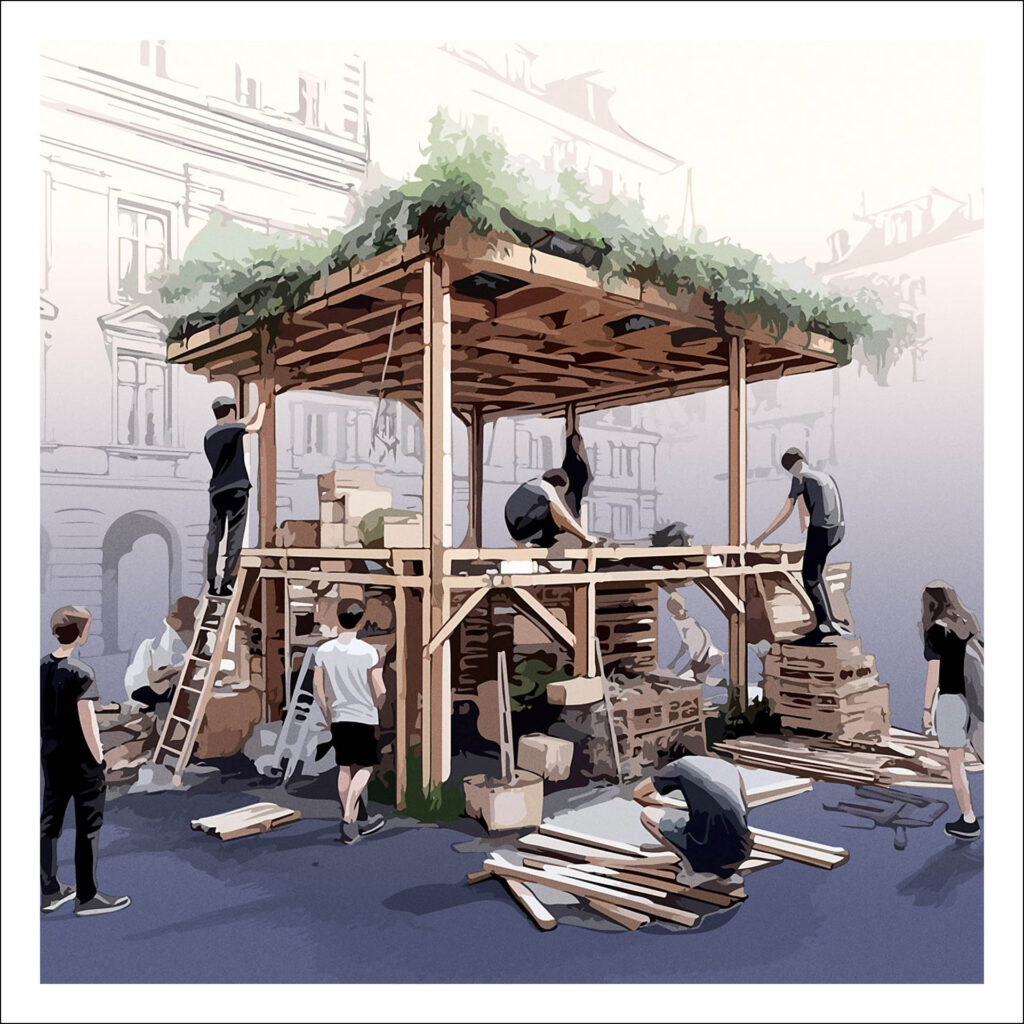
circular time lab
We need to use renewable resources more sustainably and think in a circular way. The timber construction industry could make a big contribution, but it still rarely applies circular approaches. The ‘circular time lab’ project gets the next generation of architects and timber industry professionals involved in developing and testing circular practices in an interdisciplinary, hands-on time-lapse laboratory.
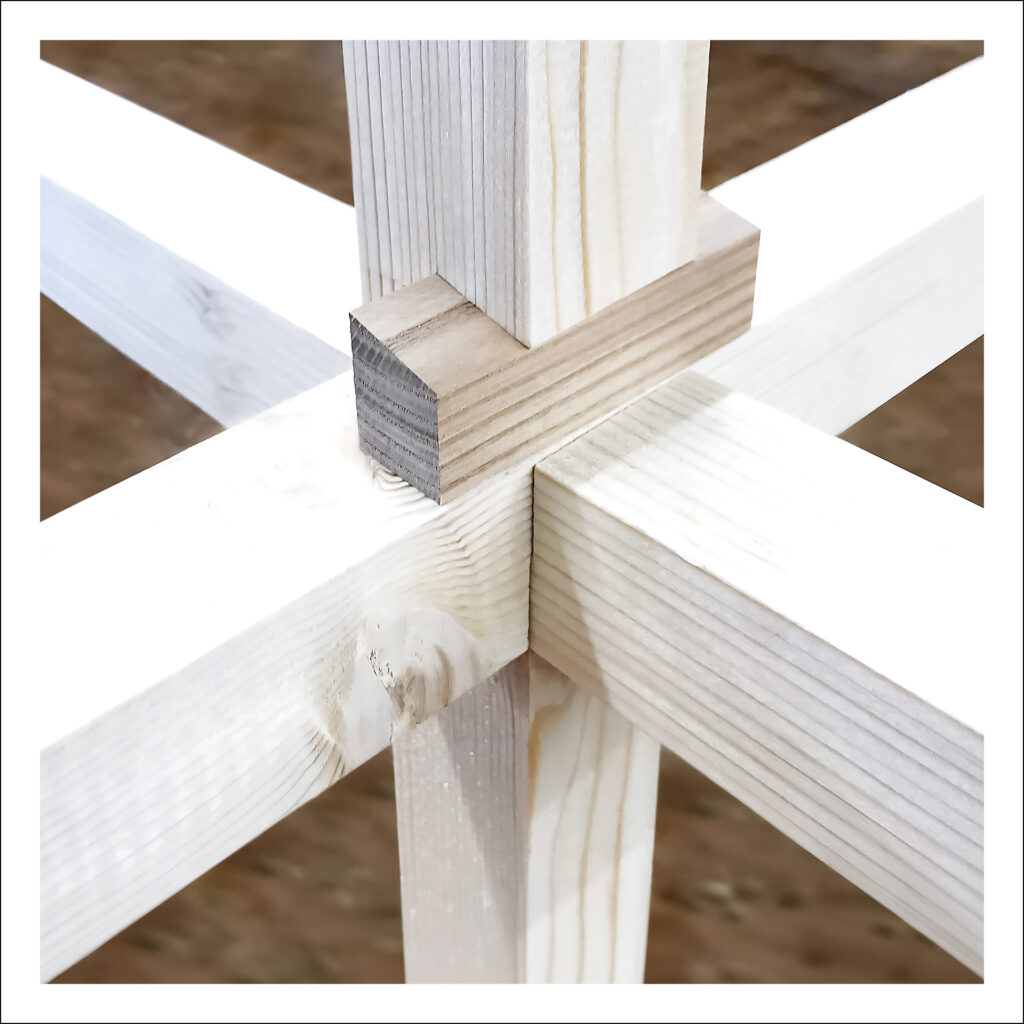
circularWOOD
The advent of modern timber construction has paved the way for circular building practices. However, their implementation in practice remains limited to pilot projects. With circularWOOD, the CCTP, in collaboration with the TU München, has undertaken a comprehensive investigation into the prerequisites for a paradigm shift in timber construction. The experience gained from first pilot projects must be leveraged for the broader implementation of circular construction techniques.

INNOwood
The challenges of climate change, storm damage, higher demands for use and rising management costs are putting forests under increasing pressure. The INNOwood research project looks at the complex relationships between forests, wood and society. The website www.waldnutzen.ch has been launched to make the project’s findings and experiences available to a wider audience.

Holzkreislauf Uri
The canton of Uri has the potential to play a significant role in reducing greenhouse gases from the atmosphere through its forests and timber industry. This could result in the canton becoming a climate-neutral location. In a participatory approach, the CCTP, in collaboration with the government and administration of the Canton of Uri, supports stakeholders in the development of overarching political strategies, implementation strategies and concrete projects.

From trees to buildings
An innovative Swiss timber construction company is portrayed in the film workshop report of Material z’Mittag. At Küng Holzbau, building with wood means more than just processing and producing wooden elements. They see their work as a holistic process – from the tree in the forest to the finished building. In doing so, they emphasise local value creation through cooperation with foresters, sawmills and architects from the region and utilise both traditional timber construction knowledge and innovative processing techniques.
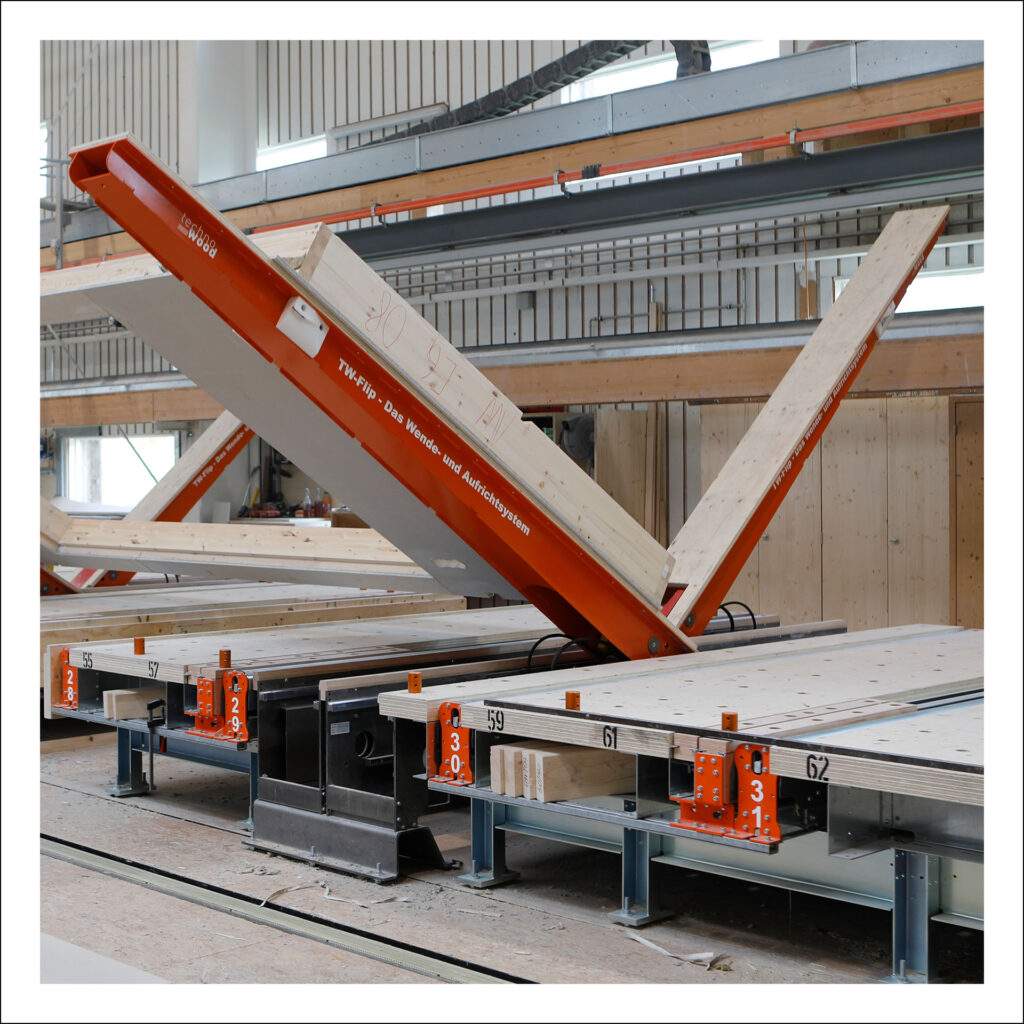
BIMwood
Digital-based production is a common practice in timber construction. BIMwood combines upstream model-based planning with the workshop planning of the timber manufacturer to create an integrated process. With the motto “pull planning” instead of “push planning”, a new information coordination suitable for timber construction, modelling strategies and planning approaches are being developed in a dialogue between research and practice.

Modul17
The timber hybrid high-rise project addresses current issues relating to a controversially discussed typology. The focus is on the role of timber construction principles and prefabrication technologies in the development of the high-rise building as a building typology in an urban, densely built-up context. With the development of Module 17 and the test planning of a prototype, these are discussed from an interdisciplinary perspective.

DeepWood
The question of how a planning team can collaborate simultaneously in a shared model has been addressed by the DeepWood project team in a novel experimental approach. The team has employed a digital platform for collaboration within the field of prefabricated timber construction. This experimental planning of an apartment block in Thun allows for a detailed examination of both the potential benefits and limitations of such a platform solution and the apps that facilitate parametric planning.
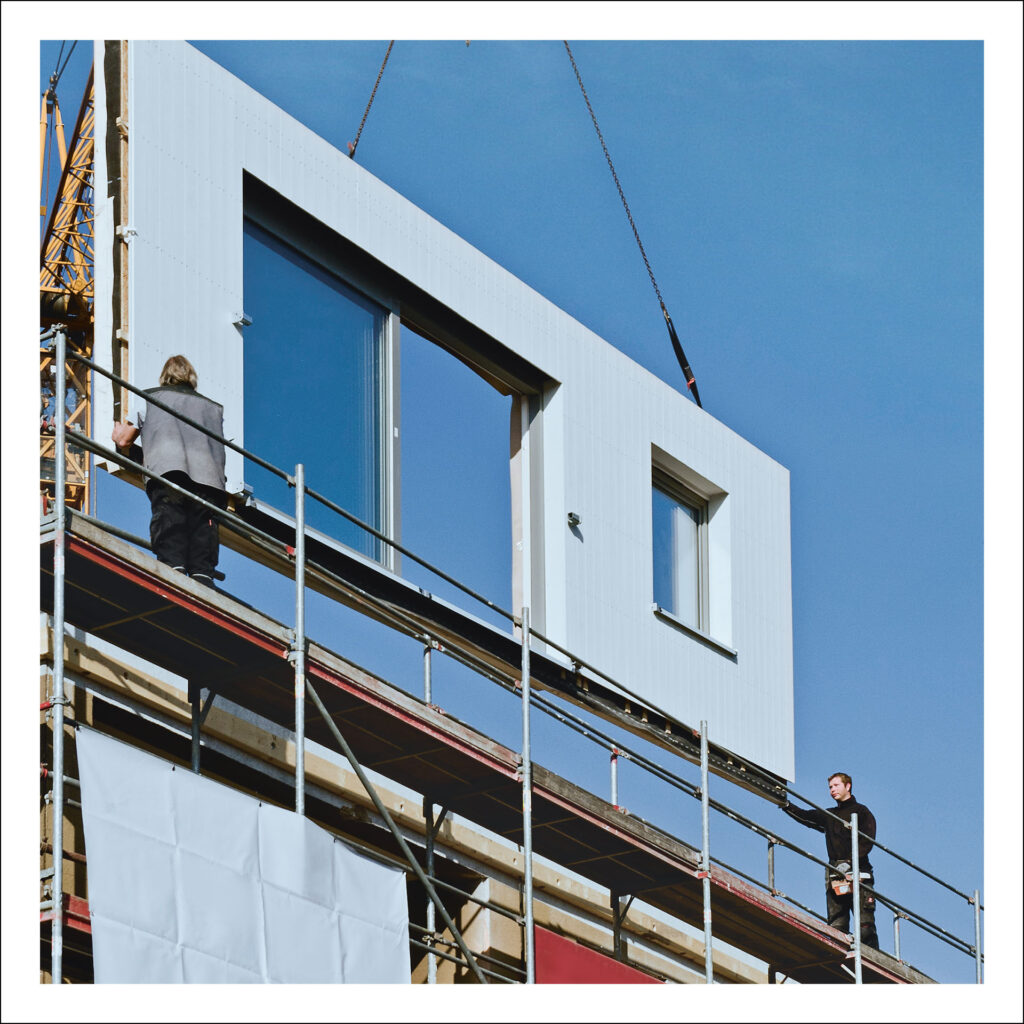
leanWOOD
The incorporation of timber construction expertise into the planning process at an early stage is crucial for the successful implementation of timber construction projects. The choice and design of the appropriate cooperation and procurement model is of equal importance. In the case of the leanWOOD project, an international team of experts collaborated to develop new, timber construction-oriented planning processes.
